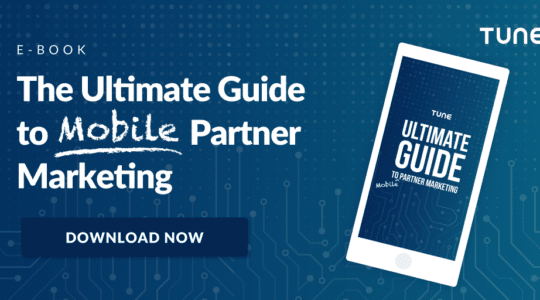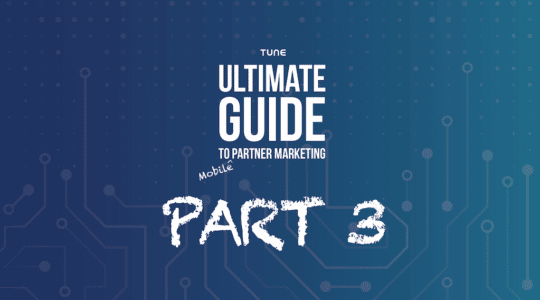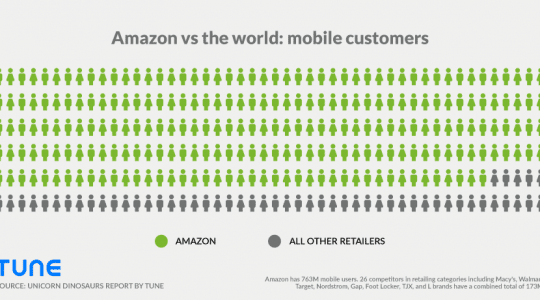
Photo by Rob Hampson on Unsplash
Hitting the charts — let alone topping them — on the app stores is no easy task. App developers and brands are feeling the effects of a saturated market that features nearly 1 million mobile apps (per app store!) and see the introduction of new apps each day. Unfortunately, as they investigate the right features to set their app apart from the crowd, many developers and product managers don’t realize what might be keeping them out of the running entirely: app marketing. One of the largest parts of app marketing starts with the pricing strategy. Do you offer it at $0.99? $2.99? Free?
In most cases, apps are available for free (with ads) or paid (with no ads). To determine which type of app makes the most sense for your business, you need to decide if you want your users or advertisers to pay for your app.
Although it may seem crazy to offer a free app, giving your app away for free offers the following benefits:
1. Drive high volume installs
Free apps will typically generate more installs than a paid app. Just look at the latest app store leaderboards. Month after month, there are more free apps download than paid versions. If your goal is to drive installs, you may want to offer a free app to get your app off the ground. The best apps have organic, viral growth and typically don’t need to pay for installs.
2. Refresh the app if there is a lull in new downloads
Maybe you have a successful app that only has a free version but have seen a lull in new users recently. You could offer a short term promotion offering a free download to boost new app downloads from people who haven’t considered downloading your app previously when it was listed as paid.
3. Market research
Whether your business is a fledgling startup or a Fortune 500 company, you need to keep your customers happy, and that means soliciting their feedback. Unfortunately, getting customers to share their thoughts isn’t always easy. We’ve all experienced the indignity of groveling emails that promise gift cards, free lunches, and the latest, greatest gadget in exchange for consumer insights. If you are just launching a new app, forgo the services of that expensive market research firm and offer your app for free so you can collect feedback from your initial users to understand the value of your app before promoting a paid version.
4. Users can buy as they try
Consumers can try the app for free and use it for as long as they’d like, but there is a catch for using the free version, such as in-app advertisements or missing premium features. If you truly believe your app provides a unique service or top-notch experience, offer a free trial and reap the financial benefits later.
5. Paid apps give too much
Charging an upfront price means app users get to enjoy free updates for the lifetime of the app without having to pay anything more. Placing an initial value on your app is difficult because there is a fine line between too cheap and too expensive. Set your price too high and you shut potential customers out.
6. App has strong in-app purchase functionality
Single payments do not produce returning revenue. The ‘one and done’ app pricing model leaves little opportunity for sustained revenue. After a customer downloads your app for an initial 99 cents, it’s likely you won’t generate any additional revenue from them. Instead, successful—and profitable—developers create free-to-download apps that users can improve functionally with in-app purchases (IAPs). After downloading a free app, users will pay to unlock features, such as new Candy Crush levels, or to remove advertisements. One stunning fact is that in February 2013, 75% of all Apple App Store revenue in the U.S was generated using in-app purchases. That was even higher in Asian marketers with over 90% of revenues coming from IAP.
7. Value things like reviews as much as price
Do not underestimate the power of positive reviews. Your app ranking can increase as you collect more positive reviews. In addition to increasing your app visibility, you are also giving new users confidence when evaluating if they want to download and engage. That usually means more in-app purchases.
8. Free apps reach more people
According to App Annie’s recent list of the top grossing iPhone apps in the U.S., nine out of 100 apps exist as purely paid apps which means 91 of the top 100 apps are free to download. “Word of mouth” organic advertising has been and always will be the best form of marketing. One of the advantages of mobile apps is that it can be downloaded within seconds of being told about it.
9. The app is a value-add to your business
Creating an app can be an extension to the whole product or service that you provide. You don’t necessarily have to generate revenue from your app if it adds value to your customers in another form. For example, the app “Real Estate by Deanna Carter” is a very niche app, intended to be marketed to Deanna’s current clients and potential clients in the Park City area. Users that download this app are able to quickly find narrowed options to their specific home searches and easily contact Deanna with additional questions.
There are several reasons why having a free app might not be a crazy idea after all.
Author
Becky is the Senior Content Marketing Manager at TUNE. Before TUNE, she handled content strategy and marketing communications at several tech startups in the Bay Area. Becky received her bachelor's degree in English from Wake Forest University. After a decade in San Francisco and Seattle, she has returned home to Charleston, SC, where you can find her strolling through Hampton Park with her pup and enjoying the simple things in life.



